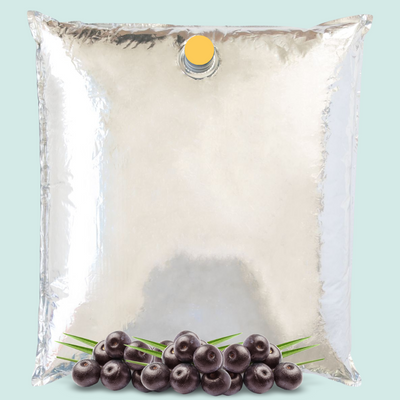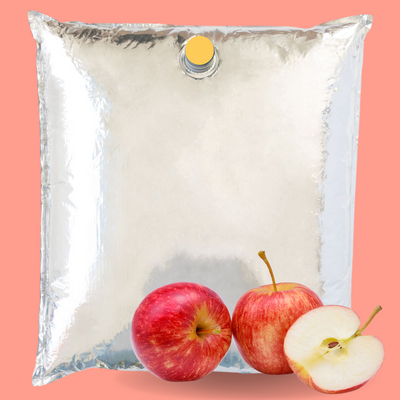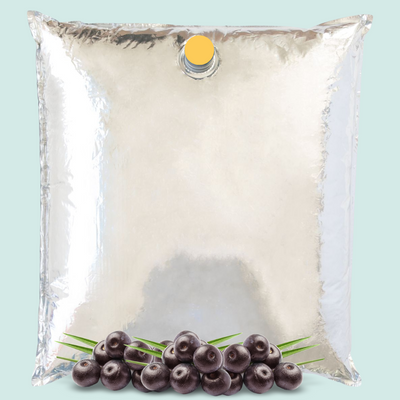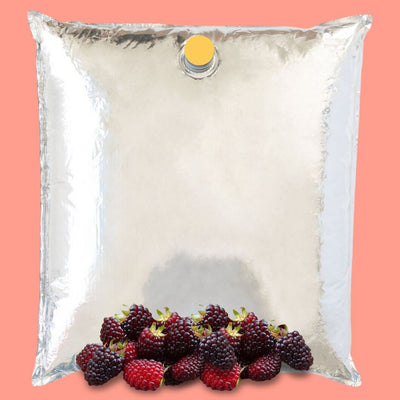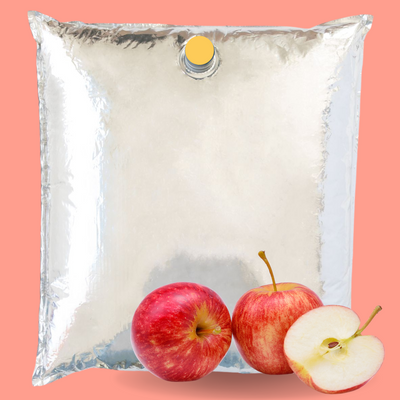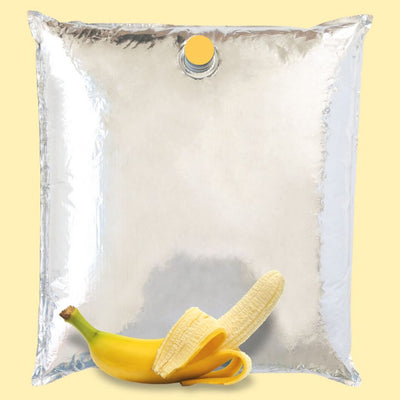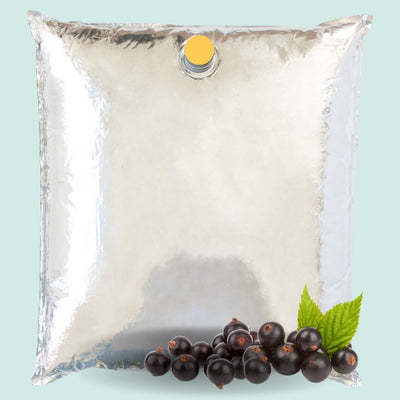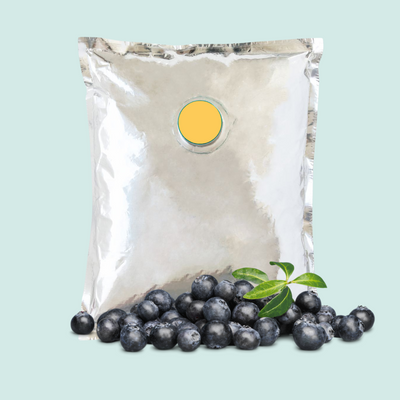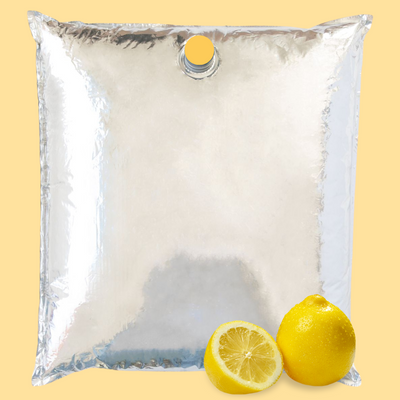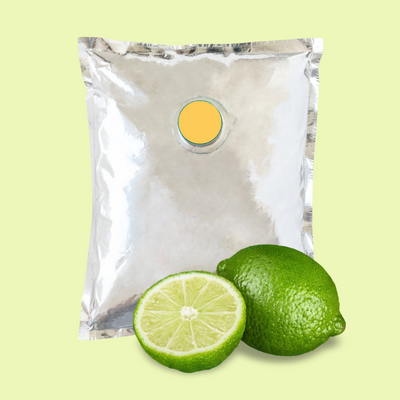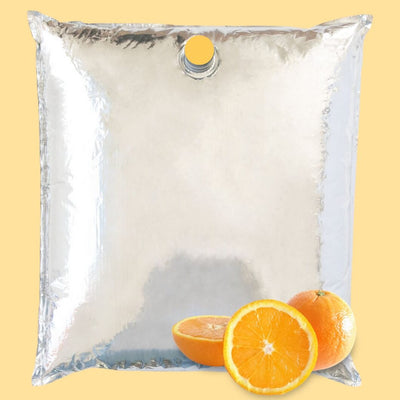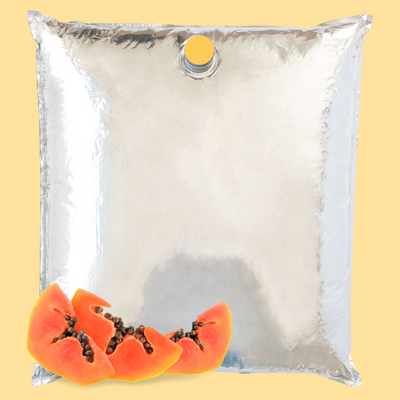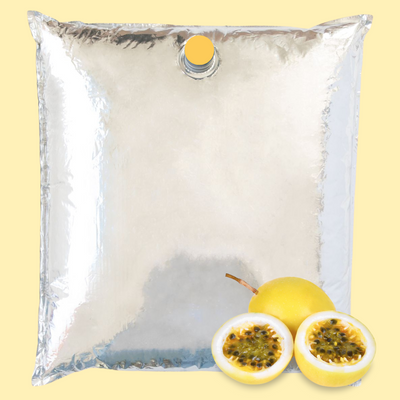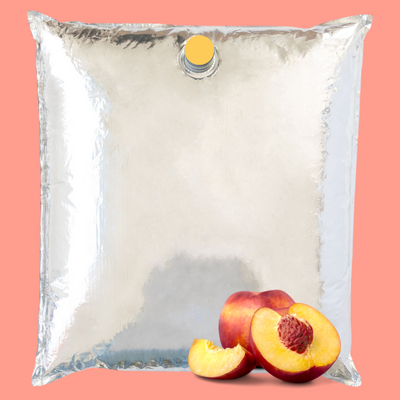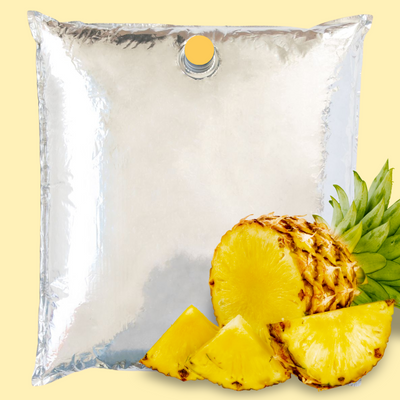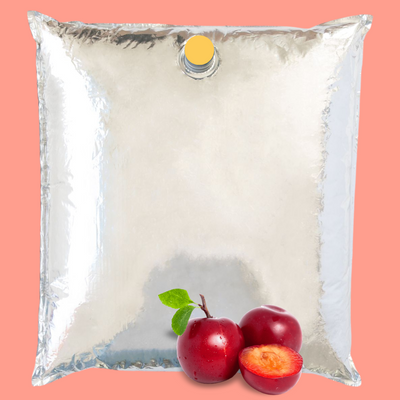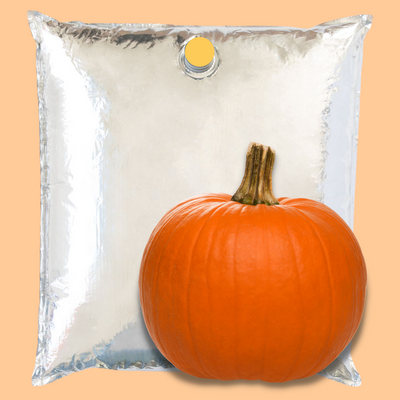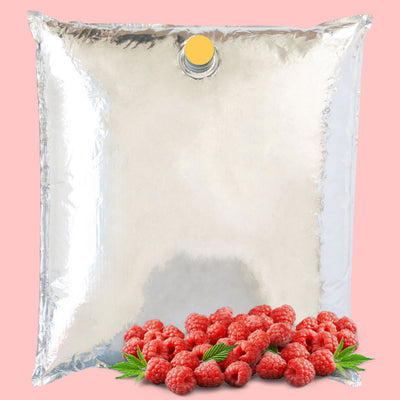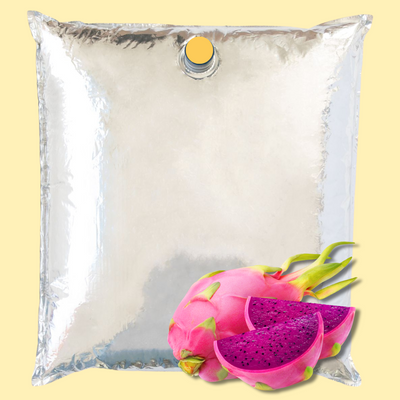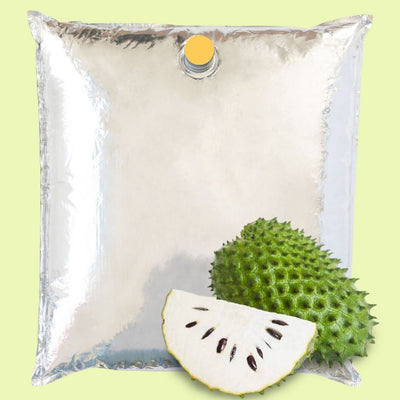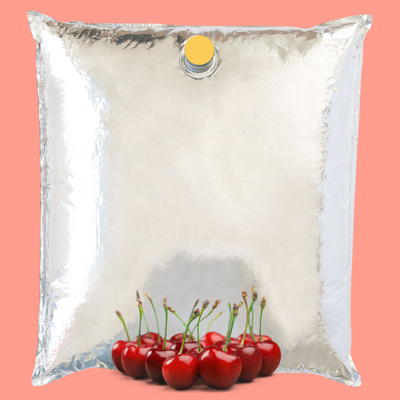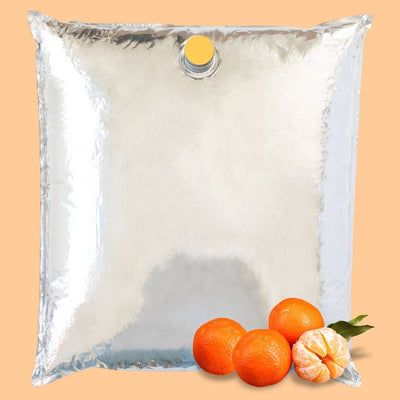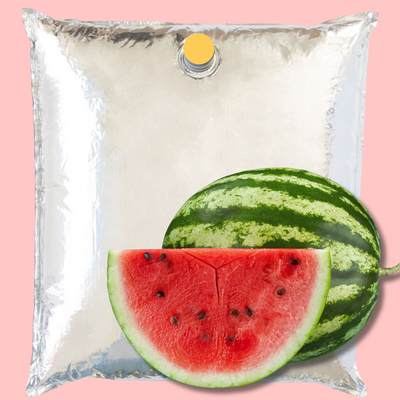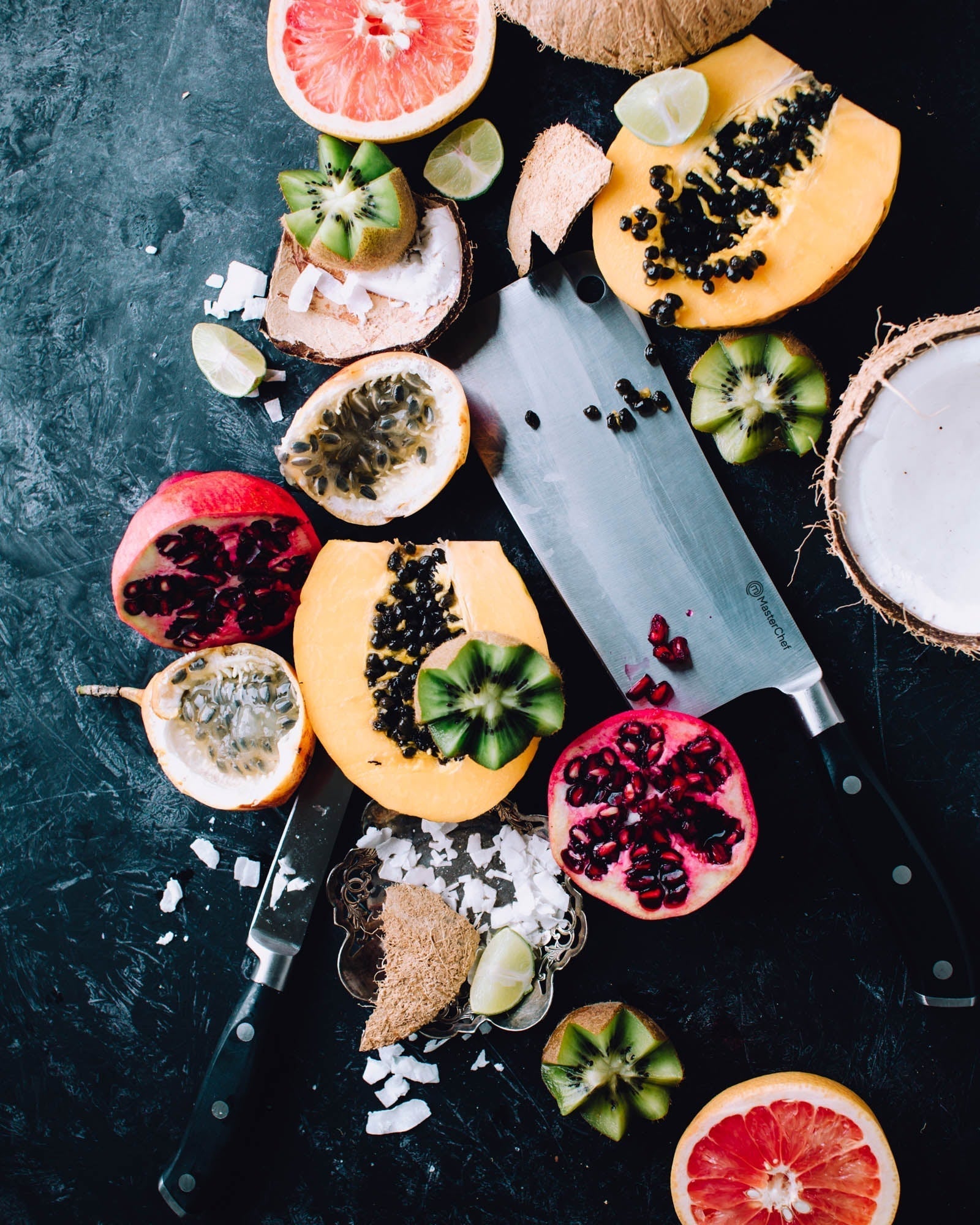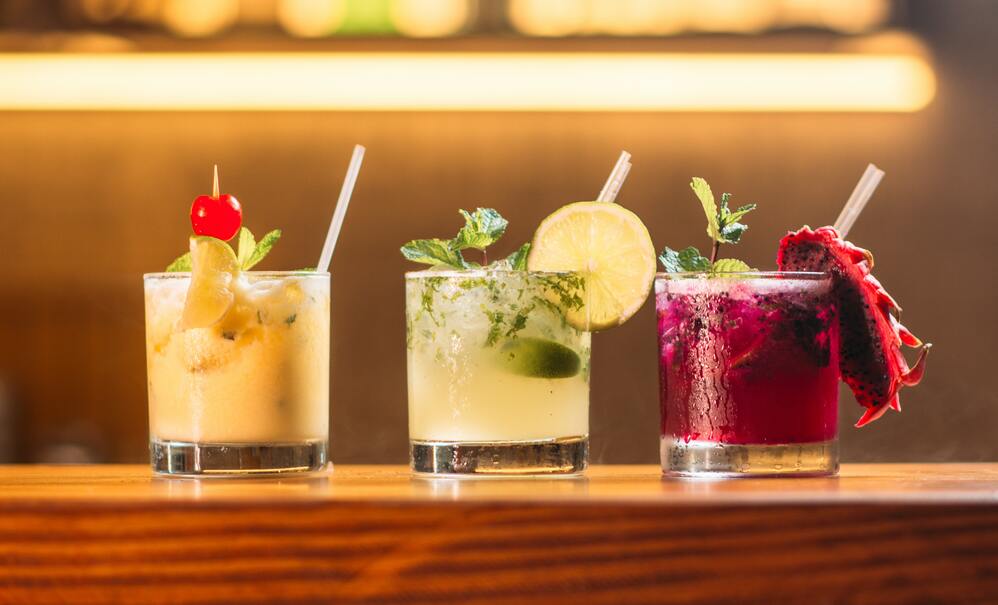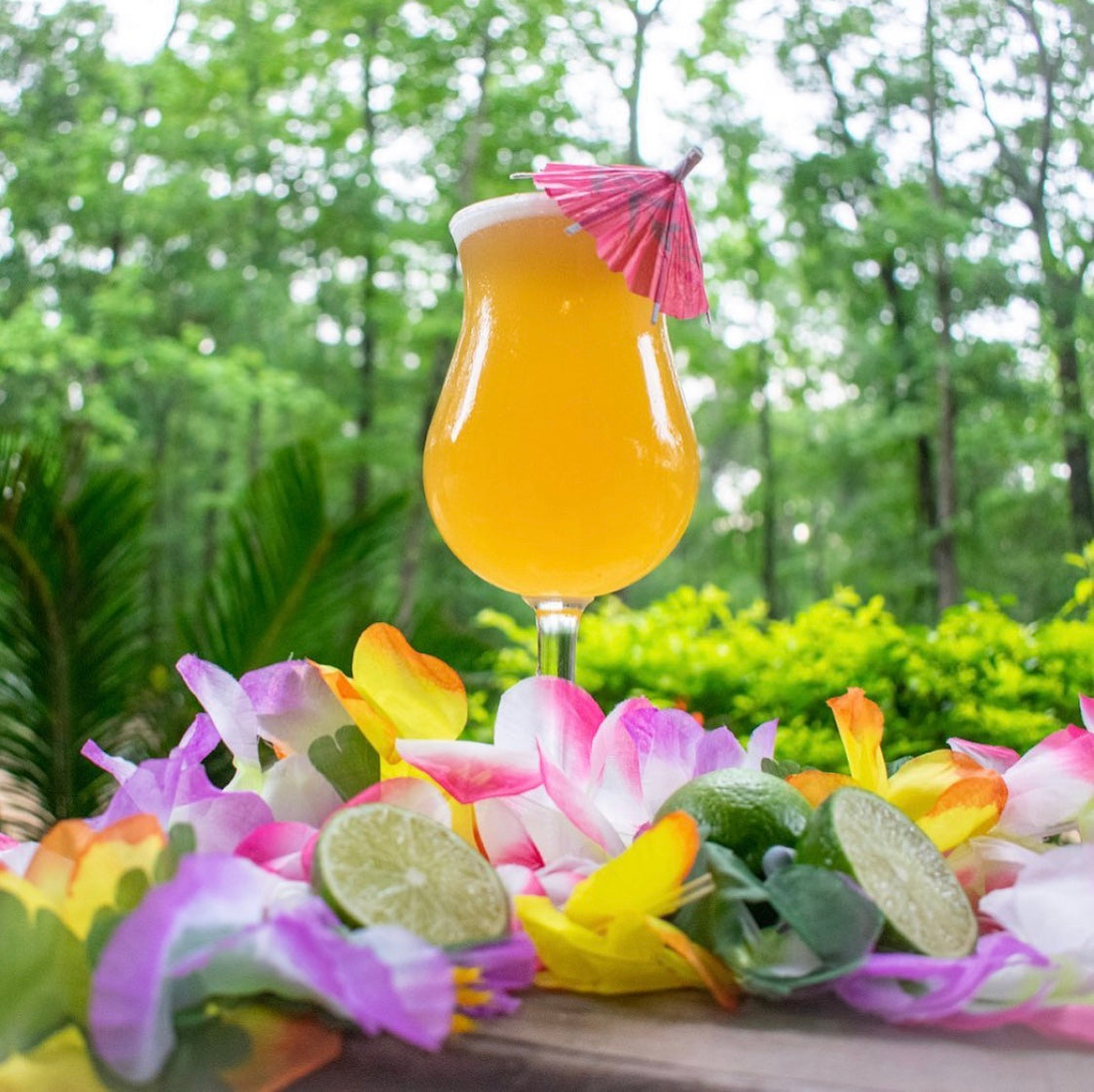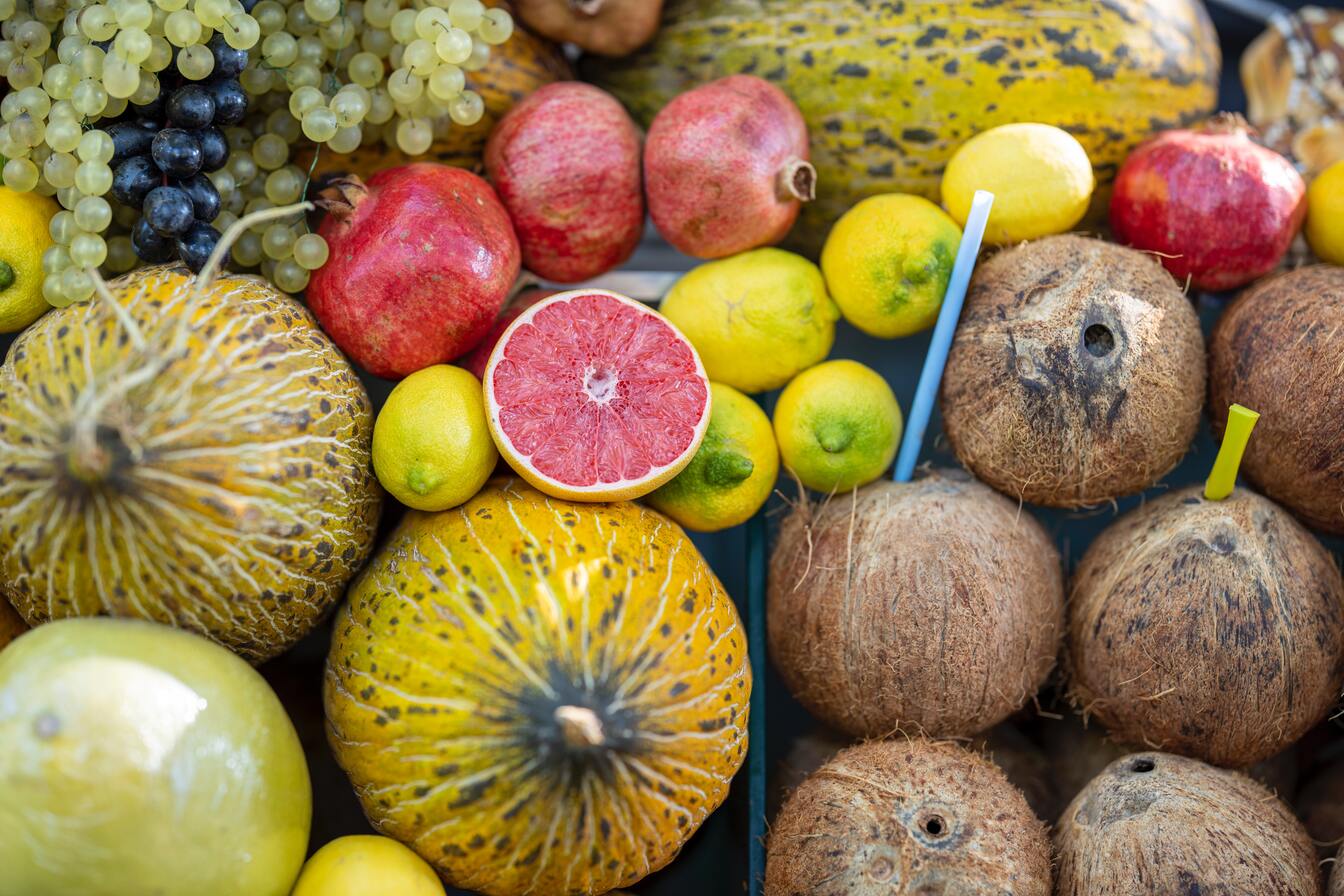Inside Fierce Fruit: Introducing the Lulo (Naranjilla Fruit)

Welcome to Inside Fierce Fruit, where we give you an inside look into the fruits that we later turn into our wonderful fruit purees! 🍉🍓🍅🥭🍍
In this blog post, we’ll be introducing you to the lulo. It’s also known as the naranjilla, or even the “nectar of the gods.” It has complex tasting notes, but its tart and sweet qualities have led to it being described as similar to a wide mix of tropical fruits. (Our naranjilla fruit puree has also been described as tasting like Skittles!)

What Is Lulo?
Its scientific name is Solanum quitoense. It looks like a fuzzy orange, although some varieties have leaves that are two feet long, with purple hair and spikes. This fruit is related to tomatoes, but the flavor is much tangier, the juice on the inside is green, and it’s a member of the nightshade family.
Unfortunately, like other nightshade plants, the lulo is very delicate and susceptible to bruising, insects, and disease, so it can’t be grown on a large scale. If you started this post wondering what lulo is, you’re not alone — the low production makes the naranjilla fruit extremely difficult to find in the United States.
Lulo Fruit Taste
The lulo’s flavor is extremely complex. Some say it tastes like a combination of kiwi, citrus, and pineapple. Others compare it to lime and rhubarb. And ultimately, the taste can change based on the country where the fruit is grown. It’s native to Colombia, Ecuador, and Peru, but is also grown in Panama and Costa Rica.
While it can be eaten raw, one of the best ways to round out the lulo fruit taste is to add some lactose or sweetener. This helps to cut down on the tart quality of the naranjilla fruit so you can focus on all of the other flavors.
Nutrients
The nutrients can change somewhat based on the country where each lulo is grown. As a general rule, however, lulo is high in Vitamin C, A, B6, and K, along with calcium, iron, phosphorus, magnesium, sodium, potassium, zinc, and fiber.

How To Eat It
There’s no one answer to what recipe lulo is best in. It can be eaten raw but is particularly popular in juices, smoothies, and as a dessert topping. The naranjilla fruit juice is known as “lulada,” and it’s made with mashed lulo, water, sugar, and lime juice. It’s also an ingredient in champús, a juice made with lulo, corn, pineapple, panela, orange, cinnamon, and cloves.
Or you can just go back on this very blog to find a great recipe for lulada mocktails! They’re made with our lulo puree since lulos themselves are so hard to buy outside of South America.
Not many people know about the naranjilla fruit in the US. But with our puree, you can introduce it to your customers and help spread the word about this “nectar of the gods.” Keep up to date with our blog to get the latest in brewing inspiration and see more of Inside Fresh Fruit!
